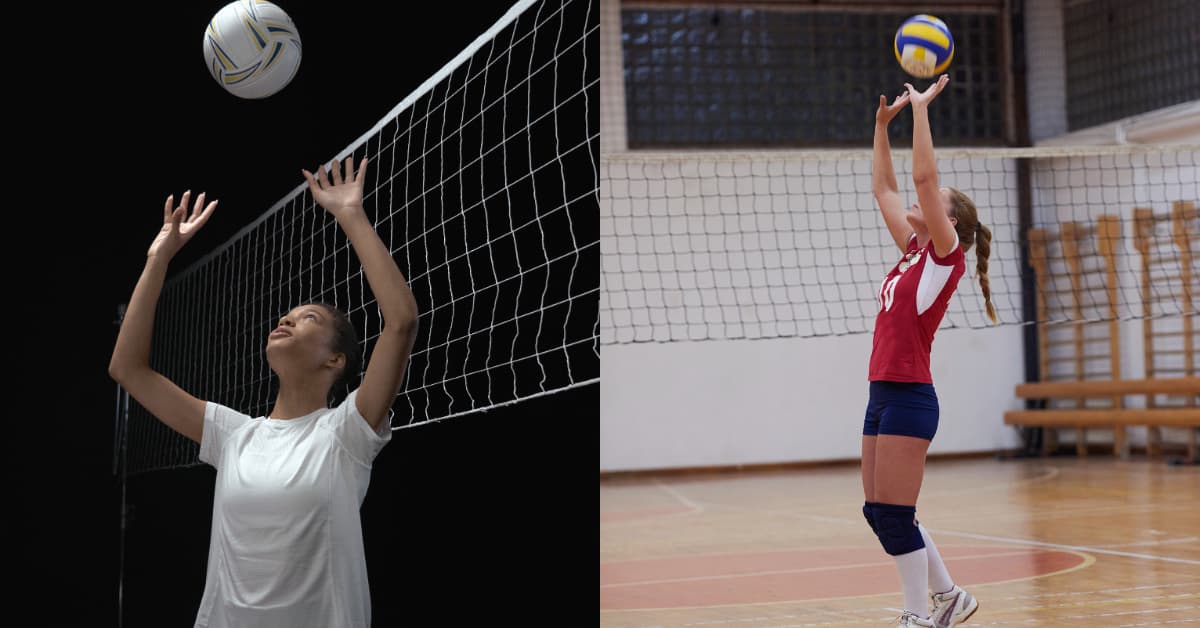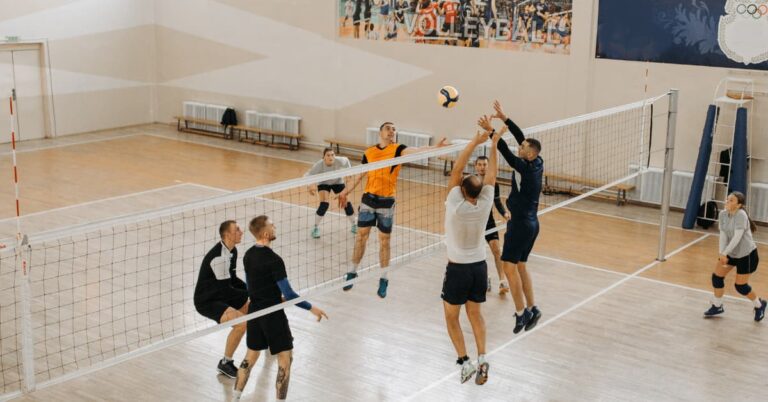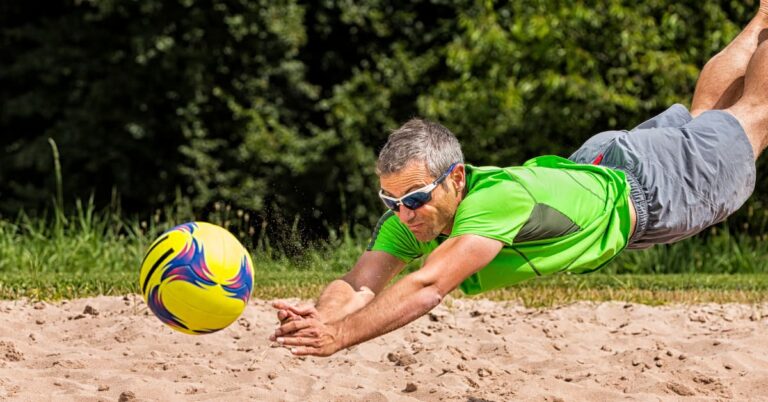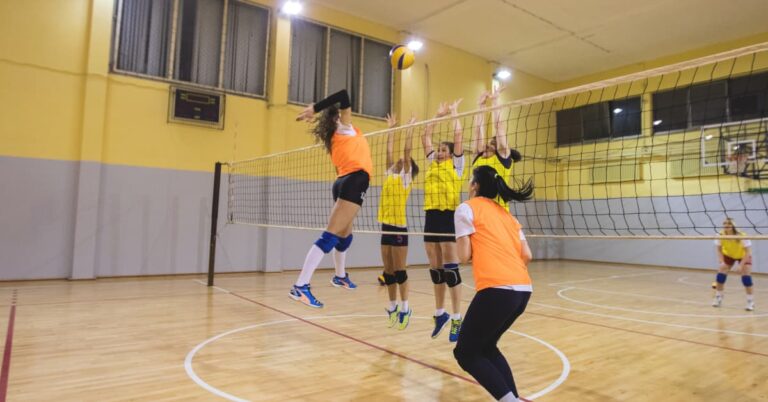What is a Set Pass in Volleyball? Spike Your Skills!
Volleyball is a sport that demands a combination of skills, coordination, and strategy. One of the most critical skills in volleyball is the set pass, which sets the stage for effective offensive plays. Understanding the nuances of a set pass is essential for any player looking to excel in volleyball.
In this in-depth guide, we’ll explore everything you need to know about the set pass, from its basic definition to advanced techniques that can enhance your gameplay.
What is a Set Pass in Volleyball?
A set pass is a maneuver used to position the volleyball so that a teammate can attack the ball effectively. It is the second touch after the ball crosses the net, and its purpose is to provide an optimal set up for a spiker to hit the ball into the opposing team’s court.
A well-executed set can be the difference between scoring a point and losing the rally.
Essential Techniques for a Successful Set Pass
Executing a successful set pass involves a combination of proper hand position, footwork, and timing.
Here’s a breakdown of the essential techniques:
1. Hand Position: Your hands should form a shape similar to holding a ball above your forehead, with your thumbs and index fingers forming a triangular window.
2. Footwork: Position your feet shoulder-width apart and parallel to one another, staying on the balls of your feet for better balance and mobility.
3. Timing: Anticipate the trajectory of the incoming ball and position yourself under it to make the set.
Mastering these techniques requires practice and coordination, but they are the foundation for any successful set pass.
Different Types of Set Passes
Depending on the offensive strategy, there are various types of set passes you can use:
| Type of Set Pass | Description |
|---|---|
| High Set | A high-arching set that gives hitters more time to position themselves for a powerful attack. |
| Low Set | A quick and flat set that surprises the defense and allows for a faster attack. |
| Outside Set | A set directed towards the left front area of the court, typically for the outside hitter. |
| Middle Set | A quick set to the middle of the net, enabling a quick strike from the middle blocker. |
| Back Set | A set directed behind the setter intended for the right-side hitter or the back row player. |
Each type of set has its place in the game, and knowing when to use each one can significantly impact your team’s performance.
Common Mistakes to Avoid While Setting
While learning to set, here are a few common pitfalls to avoid:
- Overusing the wrists, which can lead to less control over the ball.
- Failing to square your shoulders to the target, negatively affecting accuracy.
- Misjudging the player’s timing and position can lead to a less effective attack.
- Setting the ball too close or too far from the net, making it harder for hitters or risking a violation.
Avoiding these mistakes will help you become a more reliable setter and a valuable asset to your team.
Practicing Your Set Pass
Practice is vital to mastering the set pass. Here are some drills to help improve your setting skills:
1. Wall Setting: Face a wall and practice setting the ball against it, aiming for consistency and control.
2. Tandem Setting: Pair up with a partner and set the ball back and forth, working on timing and precision.
3. Target Practice: Set up targets on the court and practice setting the ball to hit them, working on both power and placement.
Regular practice will not only improve your technical skills but also your on-court decision-making.
Frequently Asked Questions
How Do You Execute A Perfect Set Pass?
Achieving a perfect set pass involves precise hand positioning, a quick flick of the wrists, and controlled contact with the ball.
What Are Common Set Pass Mistakes?
Common mistakes include mishandling the ball, incorrect foot positioning, and poor timing, resulting in a less effective attack.
Where Should A Setter Stand In Volleyball?
A setter should position themselves near the net within the team’s offensive formation to effectively distribute the ball.
Conclusion
The set pass is a fundamental element in volleyball that requires precision, good judgment, and teamwork. By mastering the techniques and avoiding common mistakes, setters can orchestrate the offense and enable their teammates to execute powerful attacks.
Remember, a versatile setter can adapt to different situations and make split-second decisions that can change the course of a game. With dedication and consistent practice, anyone can improve their set pass and become an invaluable part of a volleyball team.








